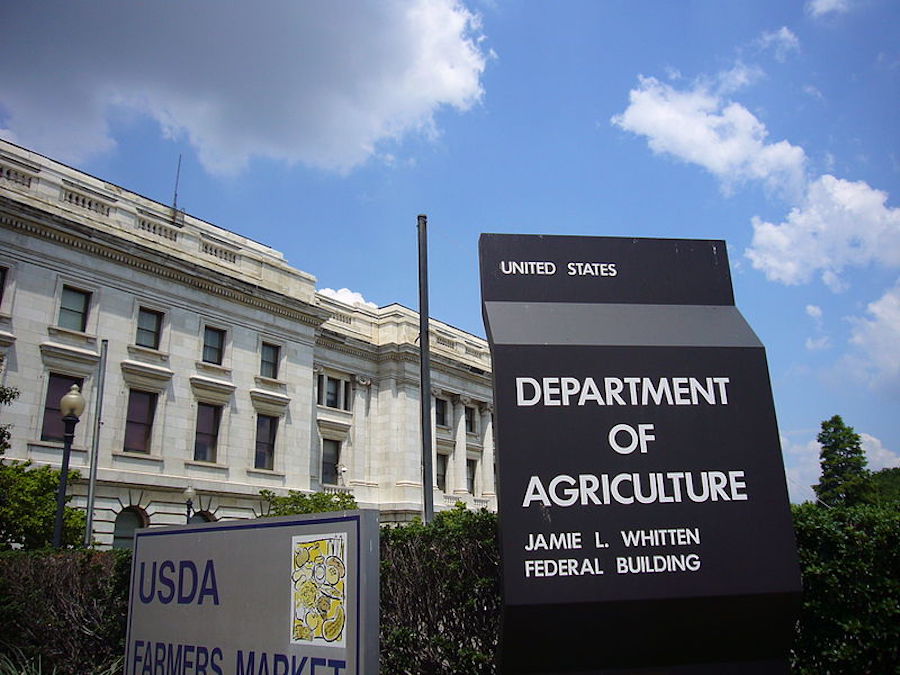Same scientists who claim “climate science is settled” just announced that Earth’s atmosphere is 50 times larger than the planet itself… oops
03/04/2019 / By Ethan Huff

It’s a pretty safe bet to assume that whenever mainstream “scientists” declare that the science is “settled” on a certain subject – think “climate change” and “global warming” – they’re most certainly wrong, and will one day have egg on their face when the truth is finally revealed.
A recent example of this has to do with the size of the Earth’s atmosphere, which experts now say is as much as 50 times larger than the planet – and considerably larger than what “settled” science had previously claimed.
According to the latest scientific data, there exists a cloud of hydrogen atoms at the border between the Earth’s atmosphere and outer space, which scientists are now referring to as the geocorona. The SOHO spacecraft apparently identified a signature of that border, allowing scientists to pinpoint its precise location.
While it’s normally not possible for this spacecraft to perform such a feat due to conditions that generally disallow it, “fortunate timing” is credited with offering scientists this unique glimpse into atmospheric conditions around the Earth that were previously unknown.
“The Moon flies through Earth’s atmosphere,” says Igor Baliukin of Russia’s Space Research Institute, and lead author of a new paper on this recent discovery. “We were not aware of it until we dusted off observations made over two decades ago by the SOHO spacecraft.”
For more related news about space, the atmosphere, and the universe, be sure to visit Space.news and Cosmic.news.
As this latest study illustrates perfectly, science is almost NEVER “settled” as it concerns anything – there’s always more to learn and discover
While images of the Earth’s geocorona have been in NASA’s repository since 1972 when Apollo 16 astronauts placed the first ever telescope on the Moon, what was unknown at the time was that the Moon itself lives within this geocorona.
Now that scientists are aware of this, they can recalibrate the ways in which they look for other planets like ours that might have hydrogen in their atmospheres, meaning there could be water on their surfaces.
This doesn’t mean that life can exist on places like the Moon, however, despite its existence within the hydrogen geocorona. In laymen’s terms, this particular area of hydrogen space is still just a vacuum, meaning there’s no way for life to exist, let alone thrive, within it.
But it’s also not a threat to future space travelers who interact with it, including those privileged enough to have the opportunity to journey to orbit around the Moon.
“There is also ultraviolet radiation associated to the geocorona, as the hydrogen atoms scatter sunlight in all directions, but the impact on astronauts in lunar orbit would be negligible compared to the main source of radiation – the Sun,” says Jean-Loup Bertaux, co-author and former principal investigator of SWAN, which is the name of the instrument that made this discovery.
“Space telescopes observing the sky in ultraviolet wavelengths to study the chemical composition of stars and galaxies would need to take this into account,” he adds about how the discovery will change the future of space exploration.
We can only hope that climate scientists will take this latest research in to account when considering their own “settled” science on planetary warming and other theories that they now claim are undeniable fact. The truth is, the Earth is right now undergoing a period of cooling that completely debunks the fake science pushed by charlatans like Al Gore, who for decades pushed the conspiracy theory that ocean levels are somehow rising.
“There is no climate emergency on planet Earth,” says Mike Adams, the Health Ranger, exposing another non-settled climate myth: the idea that carbon dioxide (CO2) is somehow a “pollutant.”
“Carbon dioxide isn’t a poison or a pollutant; it’s actually the single most important nutrient for supporting the ‘greening’ of our planet with increased growth rates for crops, forests, grasses and ocean plants. Earth is dangerously low in CO2, and rising CO2 levels are necessary to support more photosynthesis, more ‘greening’ and more production of oxygen through plant respiration.”
Sources for this article include:
Tagged Under: Al Gore, atmosphere, carbon dioxide, climate change, CO2, deception, discovery, Earth, experts, geocorona, global warming, hydrogen, lies, Moon, pollutant, research, ROFL, science, science clowns, settled, SOHO spacecraft, Space



















